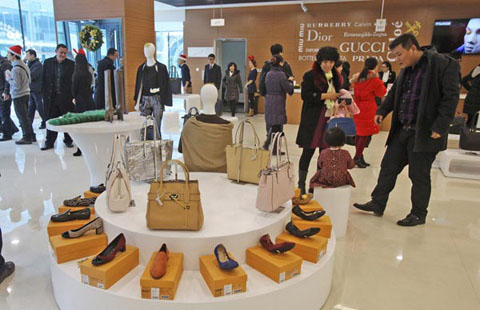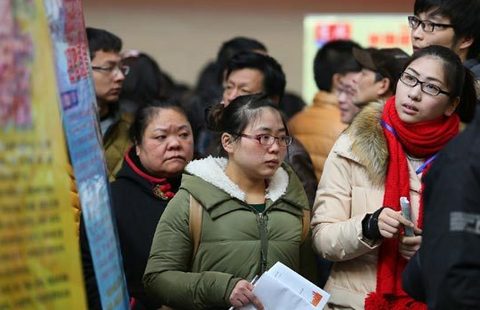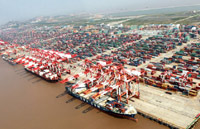Divergence key theme of China's property market
By Zheng Yangpeng (China Daily) Updated: 2015-02-12 08:29The emerging market in Hefei, largely untapped compared with cities such as Hangzhou, has drawn major national developers. All of the seven developers with annual sales exceeding 100 billion yuan last year now have projects in the city.
What attracted developers is that Hefei's "property rush" is in its infancy, and oversupply-a pervasive phenomenon that is crushing prices in many second-tier cities-is not a big problem in the city.
According to E-House China R&D Institute, it would need five to six months for the city's housing inventories to be cleared, based on December's sales, the lowest figure among the 35 cities.
Huang Yu, vice-president of the the academy, said that in similar cities last year, every square meter of new housing space led to just 0.6 sq m in sales. In Hefei, the figure was 0.99 sq m. What has driven robust sales is fast economic development and a massive population influx.
The city of 3.85 million people counts 2.4 million with a local hukou (household registration). The remainder are migrants. Compared with first-tier cities, Hefei is more welcoming to such workers: those who have a stable job for three years and make social security payments for two years are eligible for local hukou.
The migrants have been drawn by robust industrial conditions. In recent years, Anhui has drawn many manufacturers from neighboring Jiangsu and Shanghai, where labor costs are higher. The electronics, information and software industries have grown frenetically.
Hefei is among a handful of second-tier cities where the property market held up amid the sharp downturn that has swept through urban China. Hangzhou was the first city last year where prices were cut. That triggered a wave of price cuts around the nation. But the city still has a 12-month backlog of unsold housing.
Zhu Yiming, an analyst at China Real Estate Information Corp, said that the traditional view of first, second-and third-tier cities that used to guide developers' market strategy is not that useful anymore.
Risks in some second-tier cities have risen so much that the conventional wisdom that "second-tier cities are a safe bet" is outdated. Developers must analyze conditions on a city-by-city basis.
The divergence can be seen in the land sale market as well. While nationwide landsales fell 26 percent by value last year, according to the academy, land prices in first-tier cities actually rallied 41 percent. In second-tier cities, prices slumped 4 percent, and in third-tier cities, they fell 2 percent.
- Gains on cards for high-end property sector in Shanghai
- Prices of new homes hit an upward track in China
- Real estate assembled fund trusts dip 84.63%
- China's property sales to see narrower decline
- Profit warnings proliferate as developers file results
- Decline in property prices continues to level off
- Chinese Premier calls for better industry standards
- Cheaper oil has limited impact on lifting Chinese economy: Moody's
- Russian dual-screen YotaPhone places big bet on China
- Baidu revenue falls short of estimates as customers go mobile
- China's machinery trade surplus hits record
- Tianjin's 'green city' plans taking shape
- CICC may raise $1b from stock offering in Hong Kong
- 'Qualcomm fine' shadow looms over trade talks

















